If you’ve been out strolling the outdoor areas of the Museum you may or may not have noticed some of the many creatures we have living here alongside our exhibits. Here’s some suggestions as to what to look for.
If you’re down by the Wetlands in Explore the Wild or up near the Bungee in Catch the Wind you could possibly hear what may sound like the bleating of a lamb. Rather than a lamb, it’s probably a small amphibian that you’re hearing, a narrowmouth toad. Only about 1.5″ long and usually well hidden when calling, they can be tough to spot. But, thanks to sharp-eyed Animal Keeper Sarah, I was able to get a couple of photos of one recently.
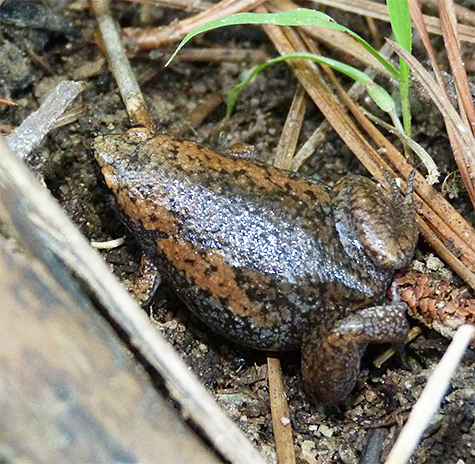
These toads are more like tree frogs than toads, as their family name suggest (Microhylidae). Hylidae is the family of frogs to which tree frogs belong.
Narrowmouth toads are ant specialist but also eat other small invertebrates.
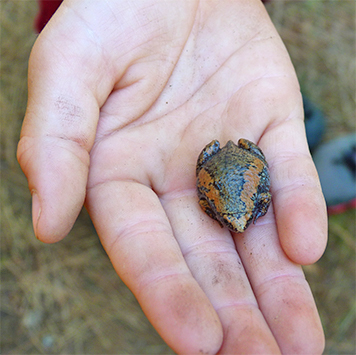
For the second year in a row I’ve found a false potato beetle directly in front of the Bungee Jump (Take Off).
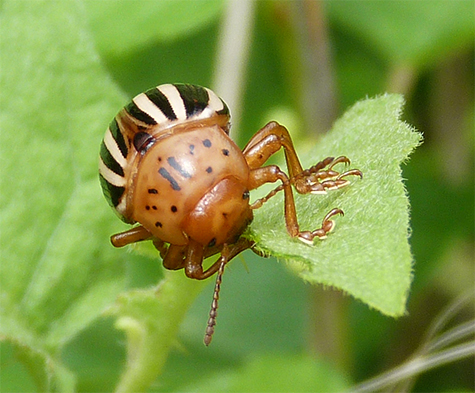
False potato beetles get their name from their similarity to the Colorado potato beetle. The false potato beetle has fewer stripes on the elytra. They both feed on nightshades (potatoes are nightshades) but the false potato beetle seems to favor Carolina horsenettle.
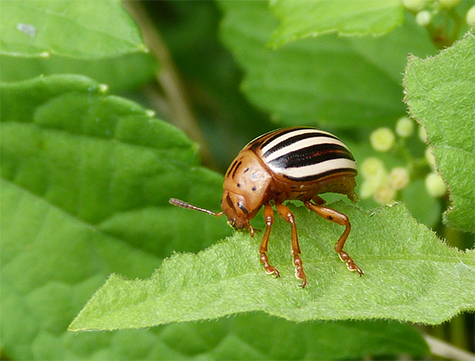
Also out in front of the Bungee Jump the same day as the potato beetle, was a blue dasher, a female blue dasher.
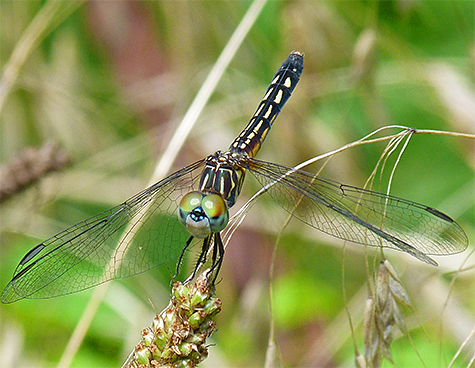
The females are more cryptically colored than the nearly all blue males.
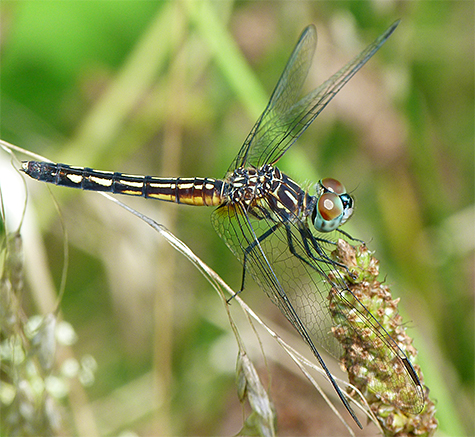
While standing on the Wetlands Overlook, I spotted a Carolina saddlebags perched facing into the wind waiting for insects to come within striking range.
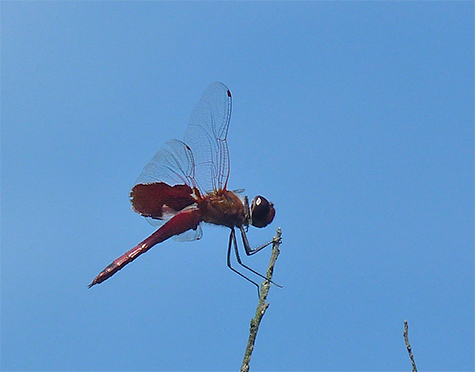
We have a new resident great blue heron, an immature bird who is learning the ins and outs of finding food in our Wetlands.
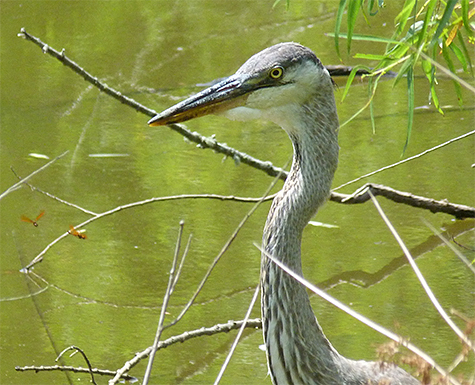
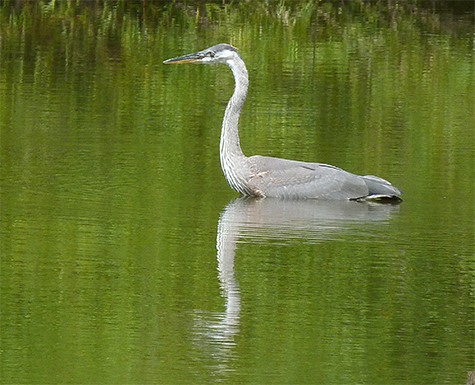
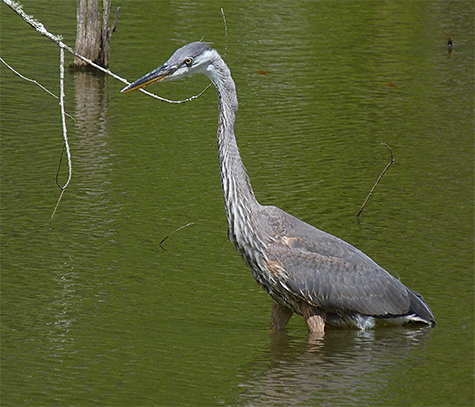
Besides an adult or two, we also have at least one resident immature green heron. Although I wasn’t able to find a nest, I suspected green herons had nested in the willows on the far side of the Wetlands this year.
This young heron is, like its older cousin the great blue, learning what to hunt and how to do it.

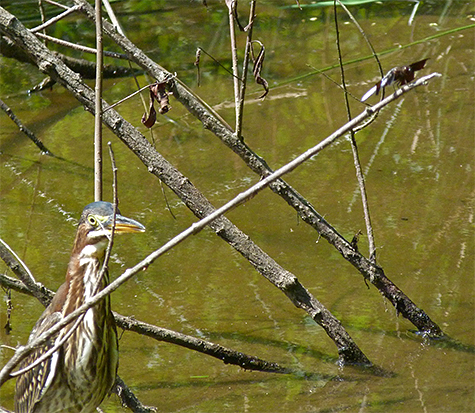
Although the green heron made many attempts at capturing dragonflies, I never saw it successful. It did manage to secure aquatic insects and small fish for its efforts.
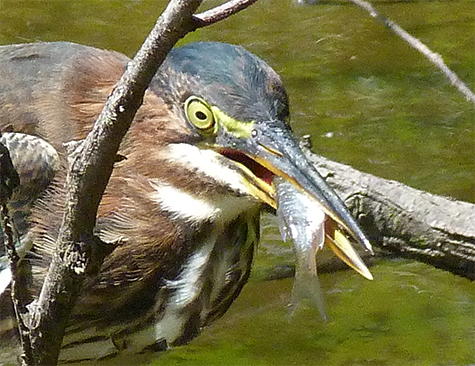
So, when you make the trip through both Catch the Wind and Explore the Wild, keep a lookout for these and other creatures along the way. Stop and watch. Enjoy.